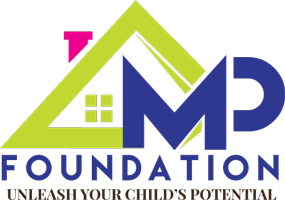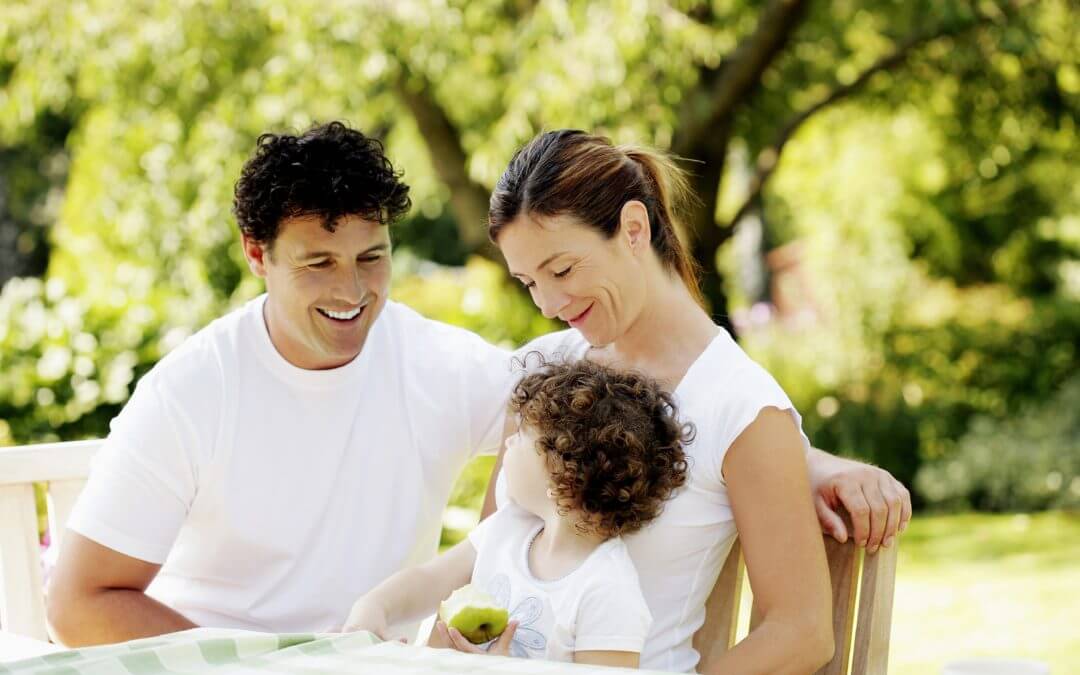Child development is about much more than academics. Subjects such as reading, writing and mathematics are very important, but they are not the only things a child should be learning as they grow. In recent years, “whole child development” has become a popular and effective way to educate children. So, what does “whole child development” mean?
Nurturing the “whole child” means that teachers, school leaders, and parents focus on a child’s whole self. This includes all aspects of the child’s well-being, including: social-emotional, physical, creative, and cognitive capacities. Studies have shown that treating each of these aspects as equally important is essential to the success of the child. It is a priority that the child feels comfortable enough to experiment, try new things, and make mistakes as he or she is learning and growing. The goal for a child’s education is to gain the skills necessary to become a productive member of society as an adult. Children cannot reach their full potential unless they are treated as complete, whole individuals with many different parts. Let’s look at some of these parts in further depth. This article will focus specifically on social-emotional development, including the use of mindfulness, as well as ways to foster higher-level thinking.
- Social-Emotional Development – Children need to learn to have positive relationships with those around them. This includes peers, as well as teachers, parents, and other authority figures. Social-emotional learning starts at home. Parents should model skills such as kindness and gratitude within the home. They should be treating their children with these qualities, as well as teaching the children to treat them this way in return.
Parents should also be disciplining when appropriate. Being kind does not mean letting children get away with things they shouldn’t. Children need rules and boundaries to feel cared for and loved. Correction of a child is needed but should never be done in a negative or degrading way with harsh words or yelling. An appropriate request may sound something like this: “Please remember I asked you to clean up your room. Go take care of it so that you will not trip over your toys.” Parents should be firm, yet kind, so that the child knows what is expected of him or her but has no loss of dignity. When children accomplish the tasks expected of them, parents should use positive affirmations, such as “Thank you for cleaning up your room.” Children are much more likely to repeat a positive action in the future if they know it pleased an adult they love.
Teachers should approach discipline in the same manner in the classroom. Appropriate correction should be used, as well as positive affirmations when children do correct the behavior. Teachers should also be conscious of providing positive affirmations if a child did something right the first time. For example, a teacher might say: “Thank you for sitting quietly with your materials ready, Johnny.” This not only makes the child being spoken to feel affirmed, but it allows other children the opportunity to see what is expected. The other children will often be encouraged to act in the same desired manner.
Just like parents, teachers should always treat students with dignity and respect. The teacher should in return model positive qualities towards the students, such as kindness and gratitude. The teacher should provide opportunities for the students to treat one another in this way as well. This prepares students for success in the workplace when they become adults because many jobs require working with others. Teachers should be implementing lessons that allow students to positively interact with their peers in the classroom. This can be done through activities that foster cooperative learning and teamwork. An example of this type of assignment includes creating a large group mural.
- Mindfulness– Additionally, part of Social-Emotional Learning (SEL) has to do with the child’s self-awareness. Children should be taught to be cognizant of their own thoughts and feelings. Parents and teachers should be modeling how to express thoughts and feelings respectfully to others. Children should be taught to manage their feelings in healthy ways by learning what responses are appropriate and constructive in a given situation. SEL helps them learn how their actions affect not only themselves, but others around them. Understanding how their actions and decisions affect others is a skill needed throughout life.
A specific practice used in SEL to help students become more self-aware is “mindfulness.” Mindfulness is used to help students alleviate stress, make better decisions, and think with a clearer perspective. A way for students to use mindfulness is by teaching them how to control their breathing with deep breaths. They can use this technique when they become anxious or stressed about something. They can also be taught to pause and breathe before speaking or acting. These pauses will cause them to think first, allowing them to choose their thoughts and actions more carefully. Another way to use mindfulness is by teaching students to redirect their thoughts from what is bothering them to their immediate surroundings, which helps them calm down and refocus.
An added benefit to mindfulness is that children can better reflect on what they have learned while focusing on their breathing and the environment around them. These practices help them clear their heads, which allows time for the information they have learned to process effectively. Teachers should plan for quiet reflection time daily. Since young children may have difficulty staying quiet and focused for longer than a few minutes, early education teachers should encourage their students to engage in writing or drawing during reflection time as well.
- Higher-Level Thinking– An indicator that a child has really learned something is that he or she can apply it in everyday situations. In order to allow their learning to become applicable to life, students should be engaged in higher-level learning activities such as project-based learning and integrated studies.
Project-based learning is when students learn about a concept over an extended period in order to truly grasp its content and retain it for future use. An example of such projects for young children include growing a garden or taking part in recycling. These types of projects can take place in the home or the classroom, but ideally a child is exposed to them in both environments. These types of projects allow students to think about concepts from a larger perspective. They help students realize that they have an impact on the world around them. It also teaches them how to take care of the world they live in.
Another way to teach students at a higher level is through integrated studies. Integrated studies combine two concepts into one, allowing students to see the relationship between the subjects and gain deeper meaning from them. A great example of how to teach this way in an early childhood classroom is to combine reading and math. In addition to teaching students about language through a picture book, a teacher can also purposefully use the book to teach how to count objects on the pages. This will help students grasp number order. The teacher can also use various story sequence concepts, such as the terms “before” and “after” to help the students learn sequential order on a number line. Parents, too, can use picture books for dual purposes at home with their children. A fun activity for both the home and the classroom is to let a child make his or her own counting book. The child can draw, color, and label different items of their own choosing.
Assignments like the ones listed above should be assessed to ensure students are learning from them. However, assessments should vary based on the age of the child, what skills are being assessed, and how long the child has been learning the skill. At an early childhood level, students should be assessed in a more informal manner, such as observations, rather than in a rigorous testing environment. Early childhood educators should observe new skills being learned in authentic, everyday situations to assess whether the child is mastering them. For example, if a child is learning how to work with other students, the teacher might take note of the words exchanged or the child’s actions taken when working cooperatively. The teacher should write down these observations and keep a record of ongoing progress. Over time, the teacher’s observations and records should show that the child is mastering the new skill.
In conclusion, teaching the “whole child” requires looking at many different aspects of the child. Children should be viewed as complete, whole individuals that have various needs that must be met. The adults in their lives should always be building positive relationships with them by treating them with respect and dignity, as well as modeling desired behavior. Adults should be helping children deal with their emotions. They should also be fostering positive relationships between the children and their peers. Children should be allowed to ask questions, make mistakes, and feel free to explore and grow in the environments around them. When children are treated as whole individuals, they will learn the skills necessary for life, which means they will be much better prepared for adulthood.
References:
(Thomsen, B. (2015, April 3). Whole child development is undervalued. Retrieved from Edutopia)
(McCarthy, J. (2018, October 16). Getting mindful about breathing. Retrieved from Edutopia)
(Barkat, L. (2017, December 22). Using stories to teach math. Retrieved from Edutopia)
(Core strategies for innovation and reform in learning. (n.d.). Retrieved from Edutopia)
(Weeks, D. (2018, October 15). The value of silence in schools. Retrieved from Edutopia)
(Vega, V. (2017, June 14). Social and emotional learning research review. Retrieved from Edutopia)
(Elias, M. (2018, August 14). Pros and cons of mindfulness in SEL. Retrieved from Edutopia edutopia.org)
(SEL in the home. (n.d.). Retrieved from casel.org)
(Auger, C. (n.d.). 5 project-based learning activities utilized by early learning centers. Retrieved from ccswfl.org)
(Early childhood assessment. (n.d.). Retrieved from resourcesforearlylearning.org)
(Stewart, D. (2013, July 8). Five simple activities that promote teamwork. Retrieved from teachpreschool.org)

